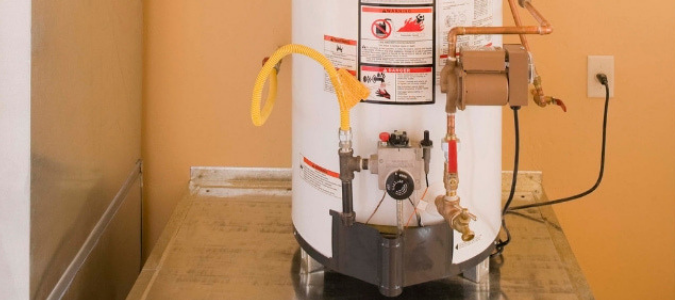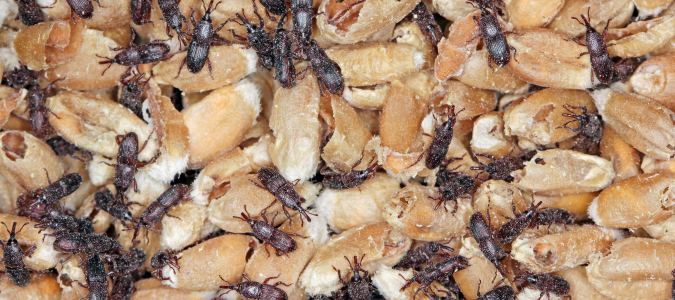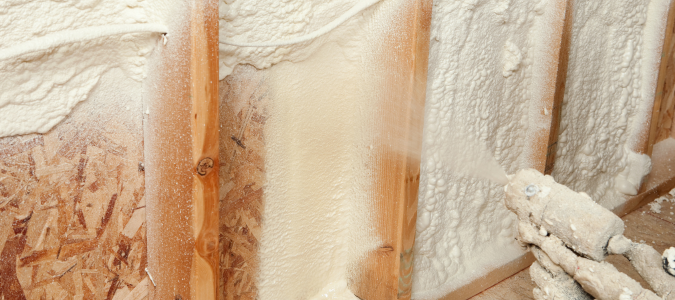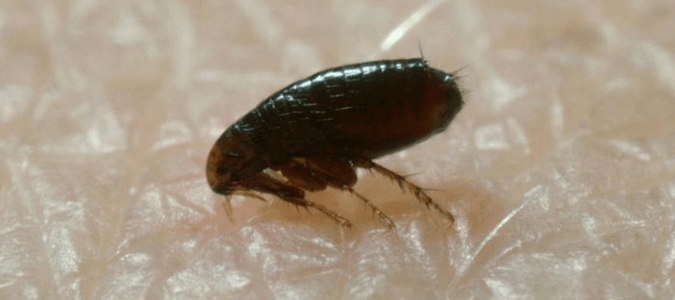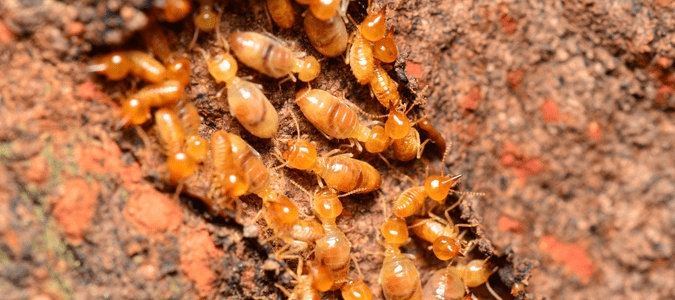Do Bats Hibernate?
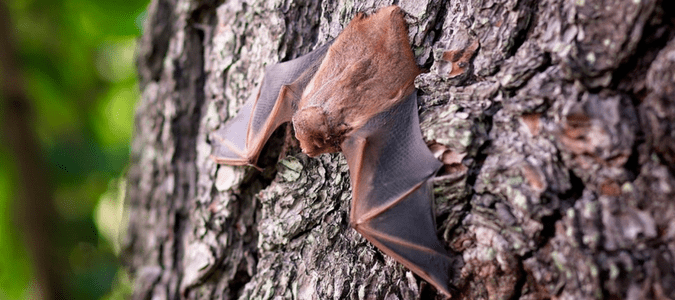
Bats are intriguing creatures to learn about. They’re known for their echolocation capabilities and being nocturnal by nature.
Bats possess incredible talents, which could be vital in survival situations like natural disasters. But have you ever considered whether bats hibernate like other mammals do?
Hibernation is an instinctual behavior used by animals during winter to conserve energy and survive harsh conditions. Of the over 1,400 bat species globally, only some hibernate. When they do, they might find comfort within your home or nearby spaces such as backyard sheds or treehouses.
Do Bats Hibernate?
During the winter months, when food becomes increasingly scarce, bats enter a state known as torpor. Their heart rates and breathing slow, their metabolic rates diminish, and body temperatures decrease to conserve energy and resources.
Hibernation allows bats to survive winter weather by tapping into their fat reserves while resting. However, not all species hibernate; some fly south, searching for warmer climates … Read Full Post »


